Guest contribution

Minimalism: the art of leaving things out
Minimalism is the opposite of excess. In photography, clear, simple lines make for impressive images. Concentrate on the subject and leave out anything unnecessary.
Less is more
With minimalism, the focus is what is essential for the picture, everything else is kept out, cut out, blurred out or coloured out using a range of different design techniques.
One simple method is to avoid bright colours or colour in general. These photos are called monochrome. A combination of reduced colours and reduced shapes can be particularly effective. Leaving things out focuses the eye on the rest, i.e. what is still in the picture.
Minimalism and landscape
Nature offers countless opportunities to try minimalism. When you take pictures, think about the space all around, the vast openness and the nothingness. Play with the long line of the horizon or with soft focus and make sure you leave large parts of the photo just “empty”.

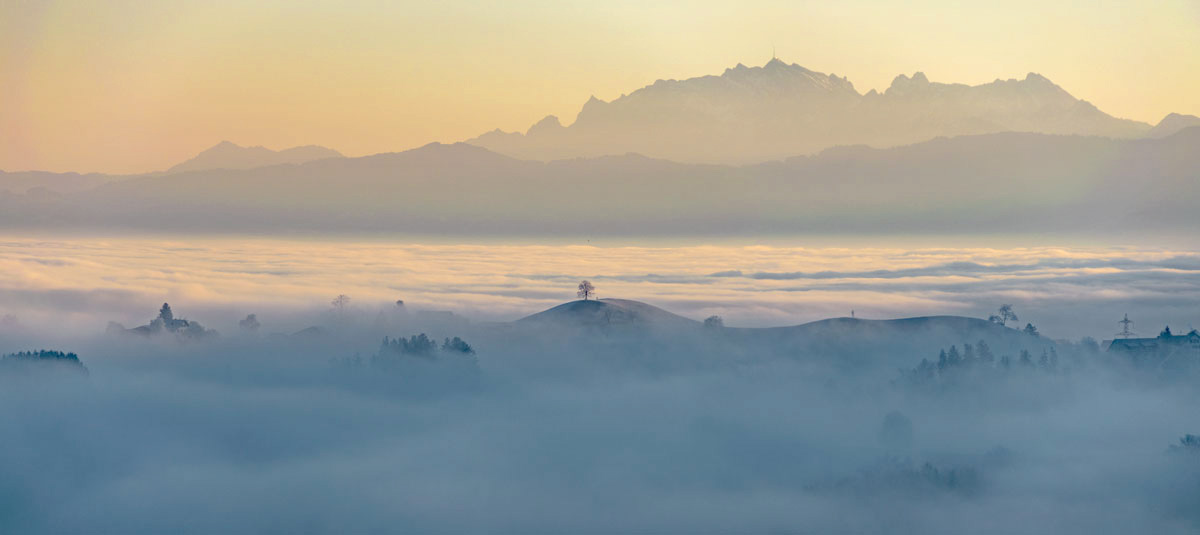
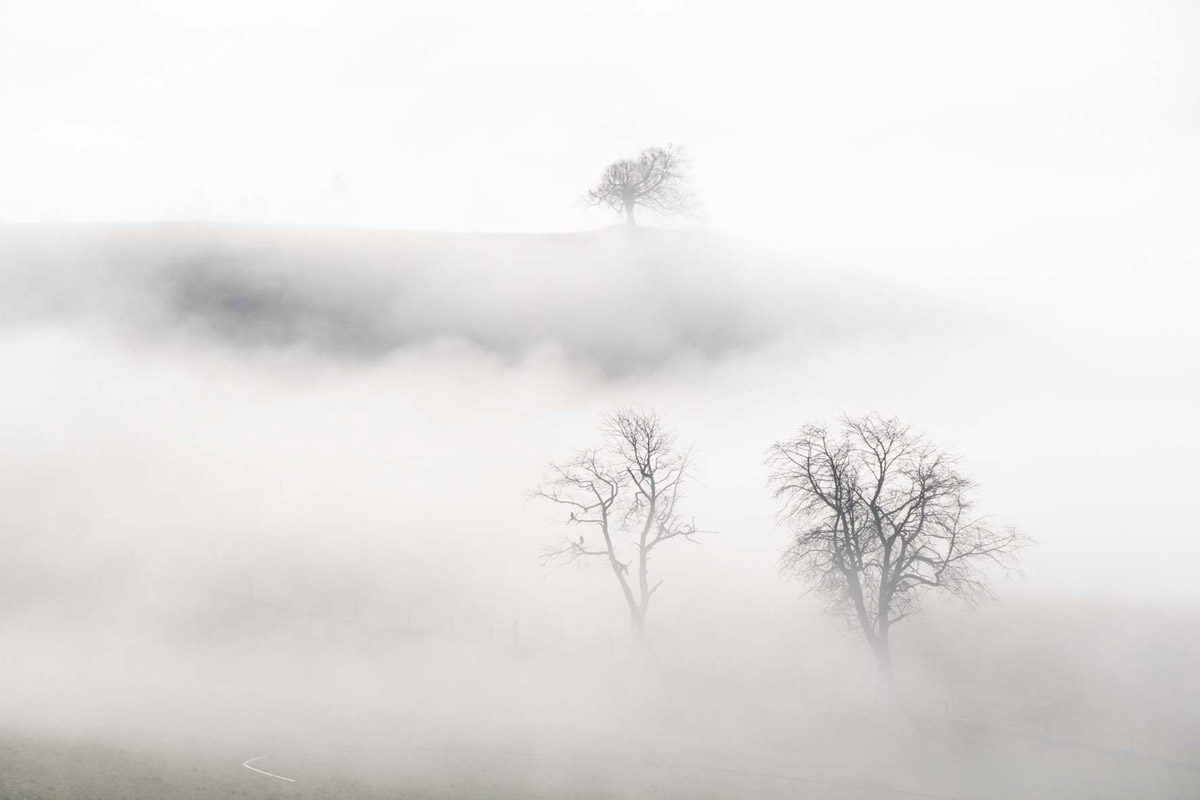
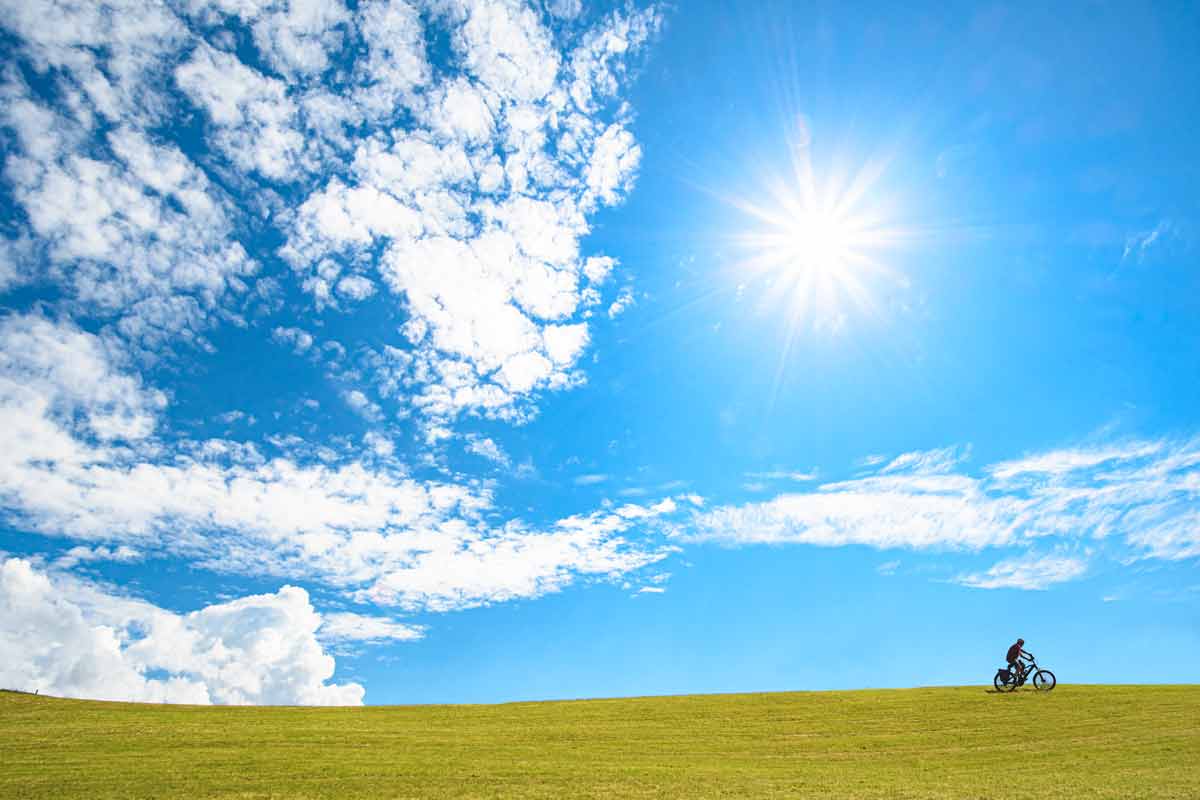

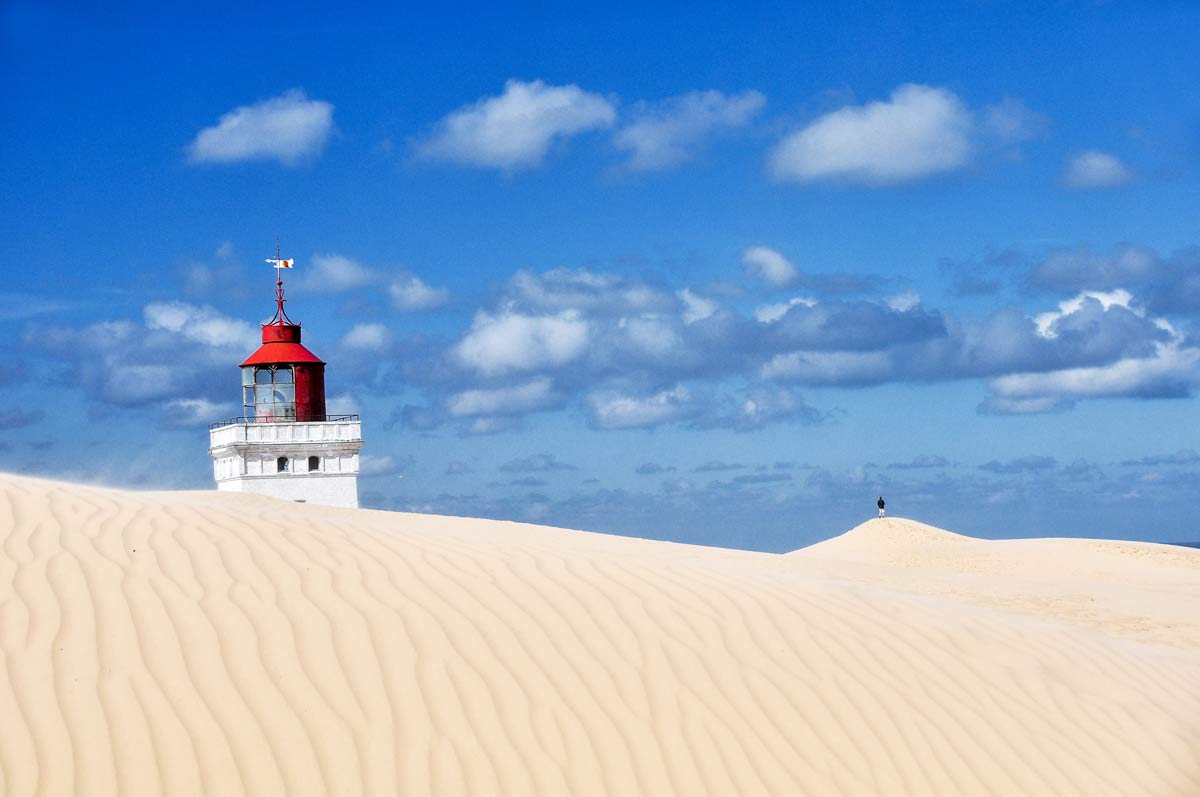
Monochrome photos
You can take monochrome images at the shooting stage, but also create them at a later date in Lightroom or Photoshop. It doesn’t matter whether the photo consists of exactly one colour or whether there are different shades of one colour.
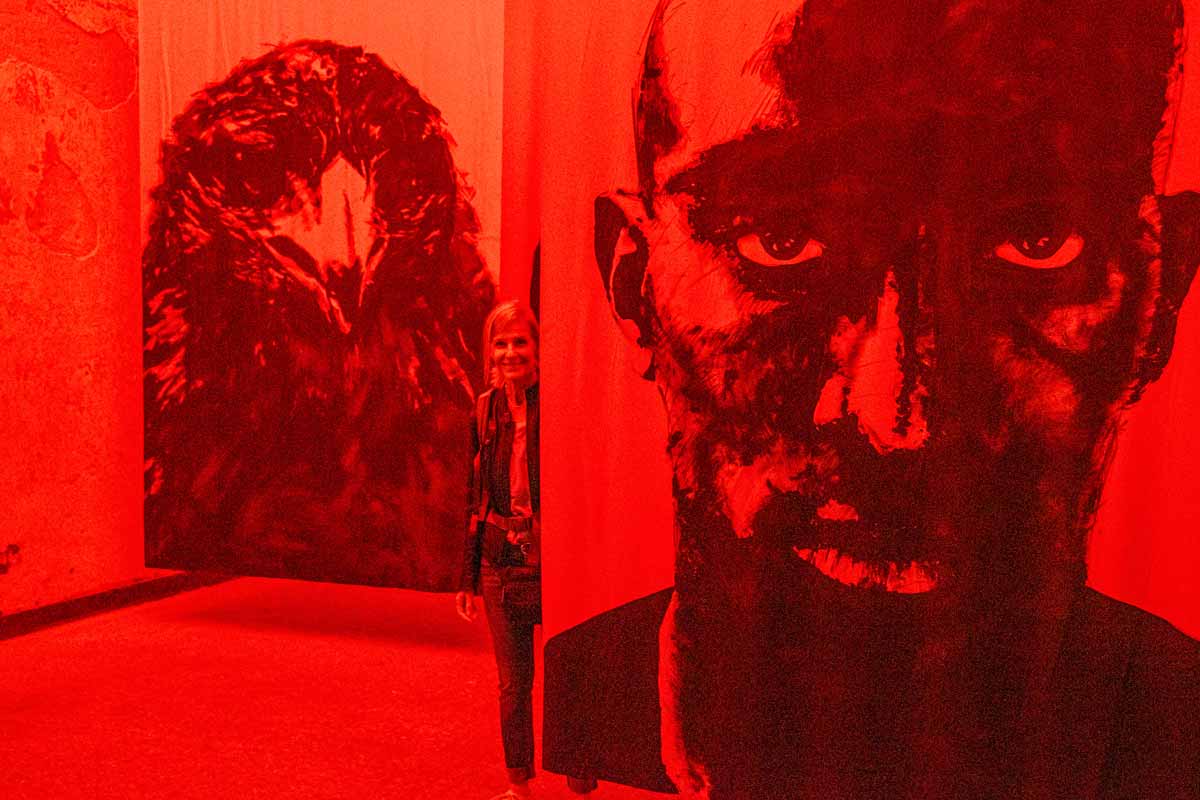
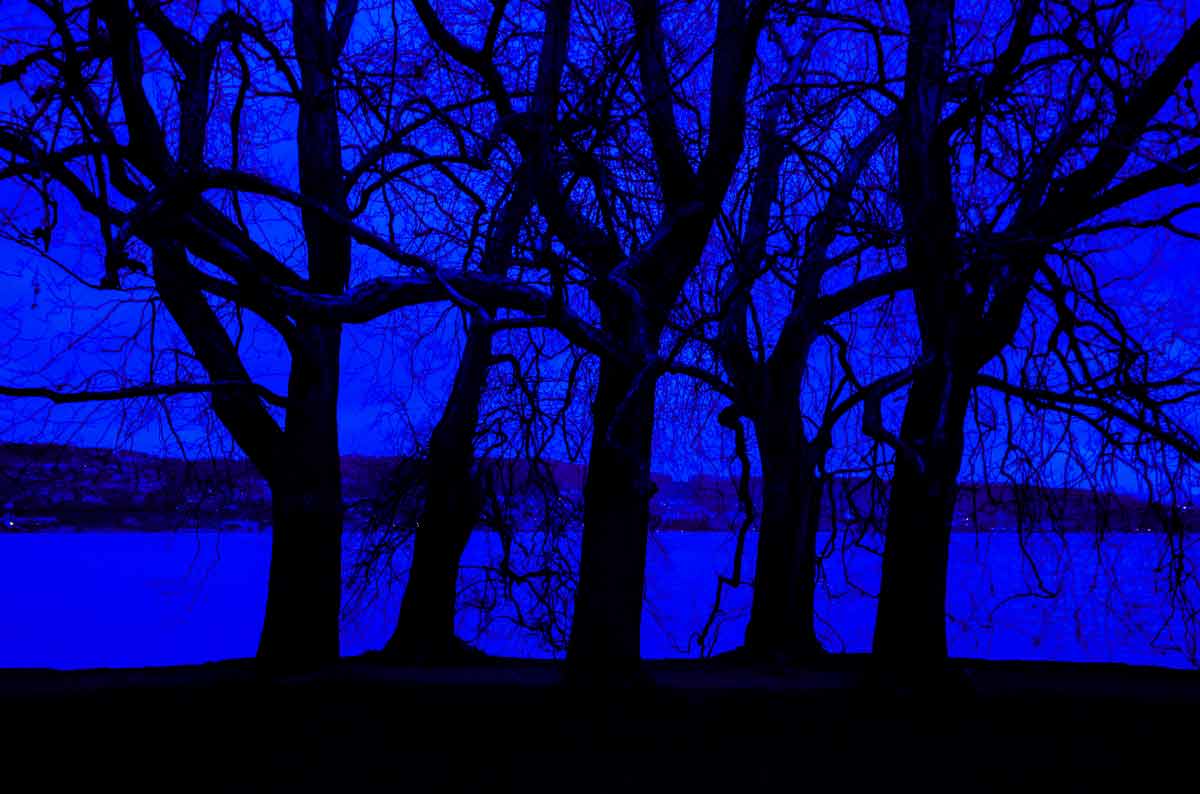
Minimalism in urban spaces
Minimal design thrives on shapes and colours that exhibit a certain degree of abstraction. The ideal subjects here are those that consist of geometric shapes or patterns, or which have a strikingly high level of saturation.
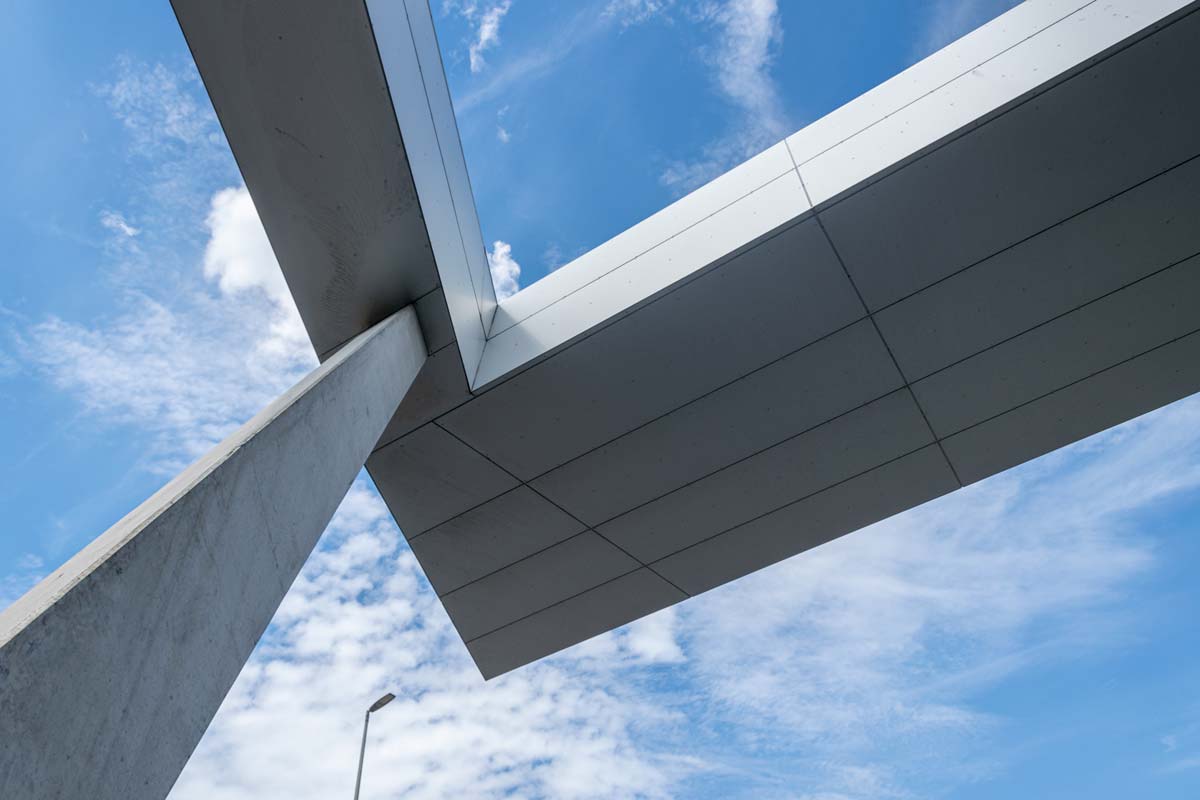
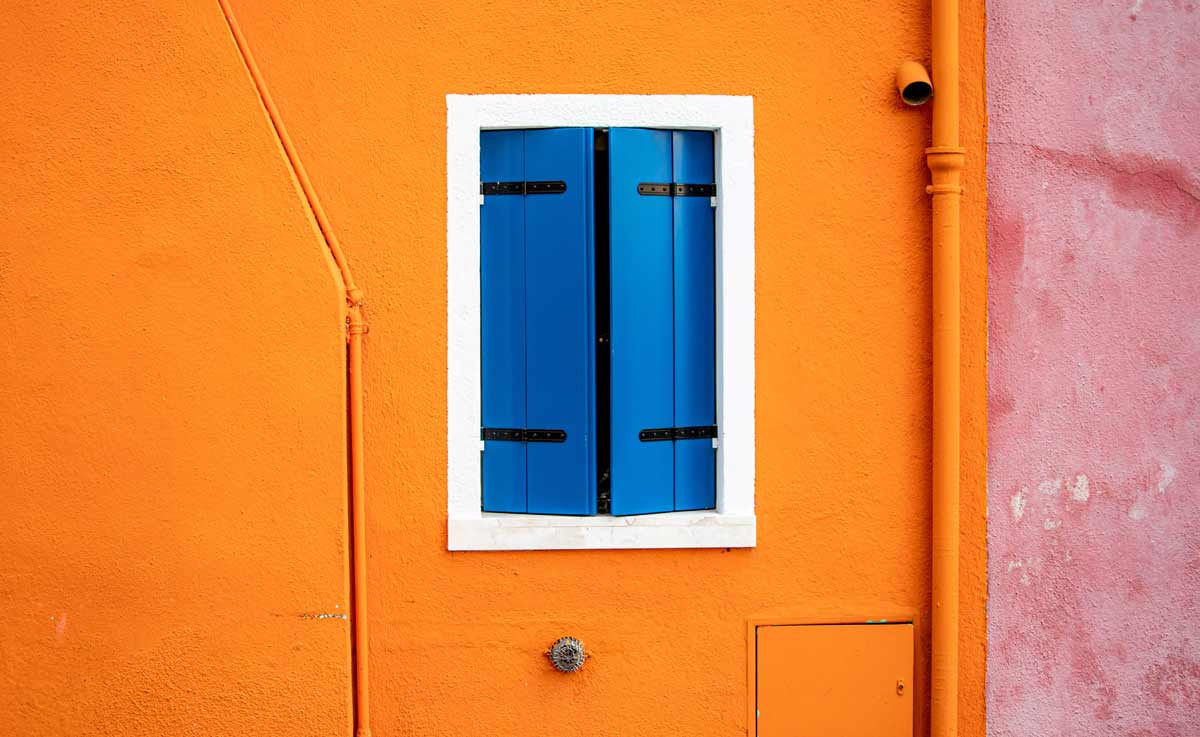
Shapes and accents
The fact that the appeal of the photo is reduced simply to colour or shapes is evidence of the eye for detail. Consider anything round or rectangular, or anything with bright iridescent colours. Then select a section where the focus is on the geometry. You can arrange the lines and shapes straight or at any angle you like.



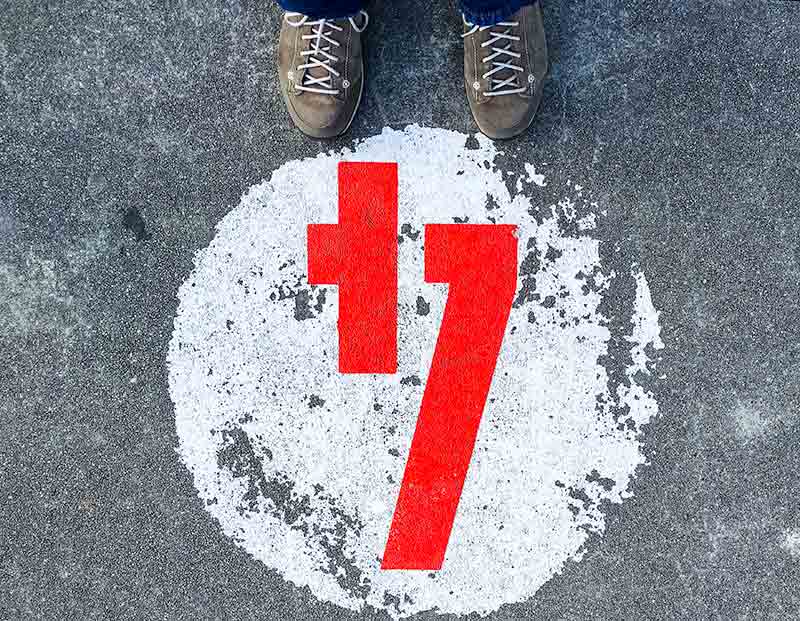
Focus on portraits
Taking minimalist portraits in a natural setting is not easy as the background can often be too lively. Look for structured walls or masonry as a backdrop and wait for your subjects to step in front of the lens. Make sure the light is coming in from the side.
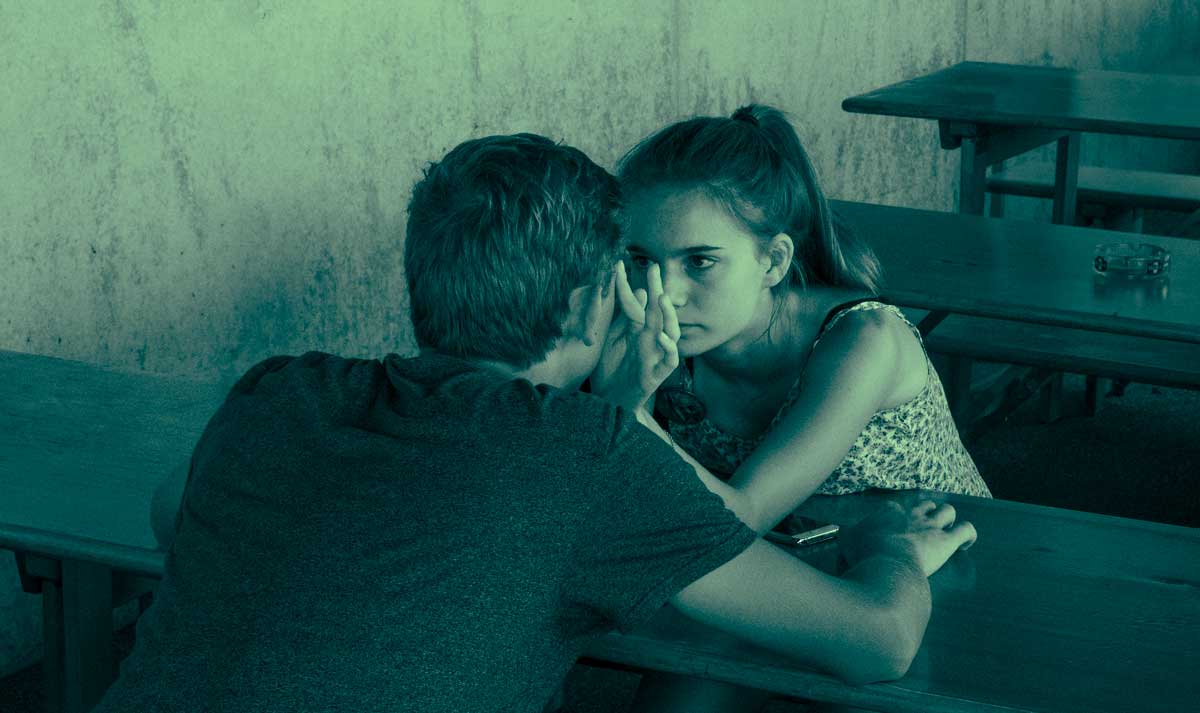
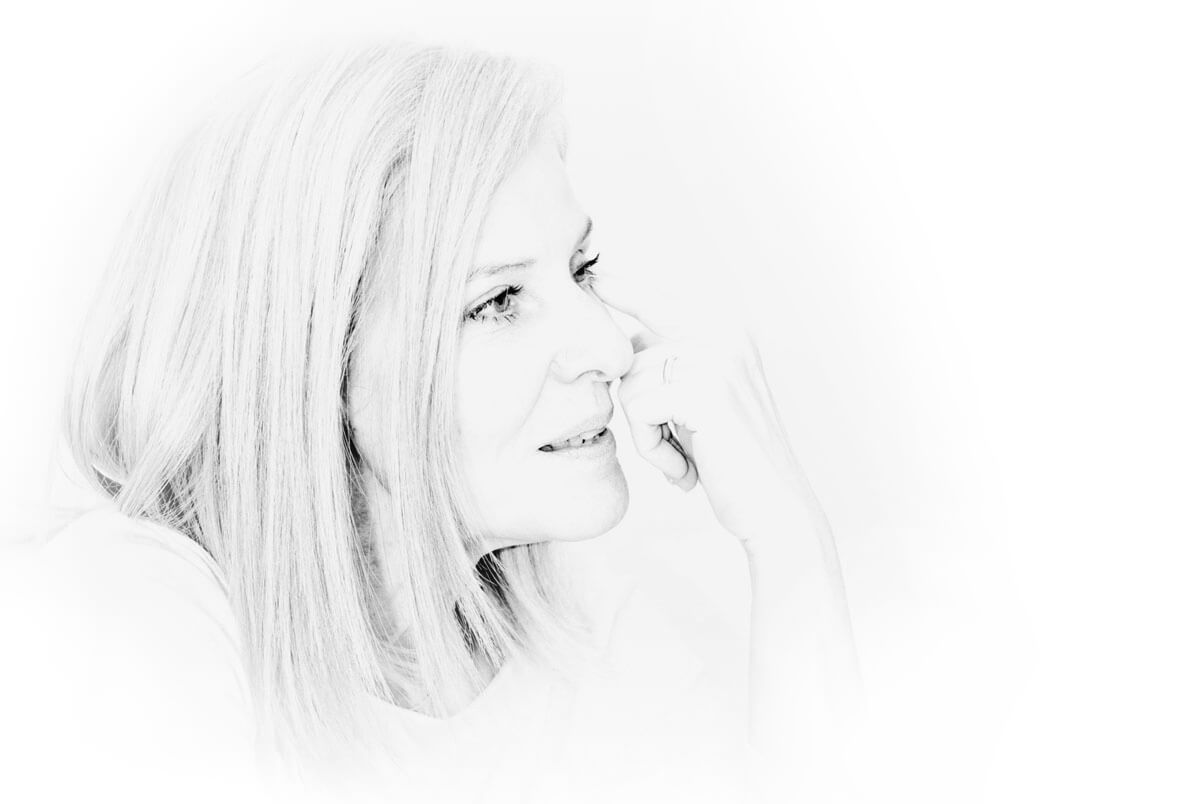

The hint
Information in the image can be “hidden” by means of deliberate blurring. With exposure times greater than half a second, you can take some surprising pictures that look like artistic splashes of paint.
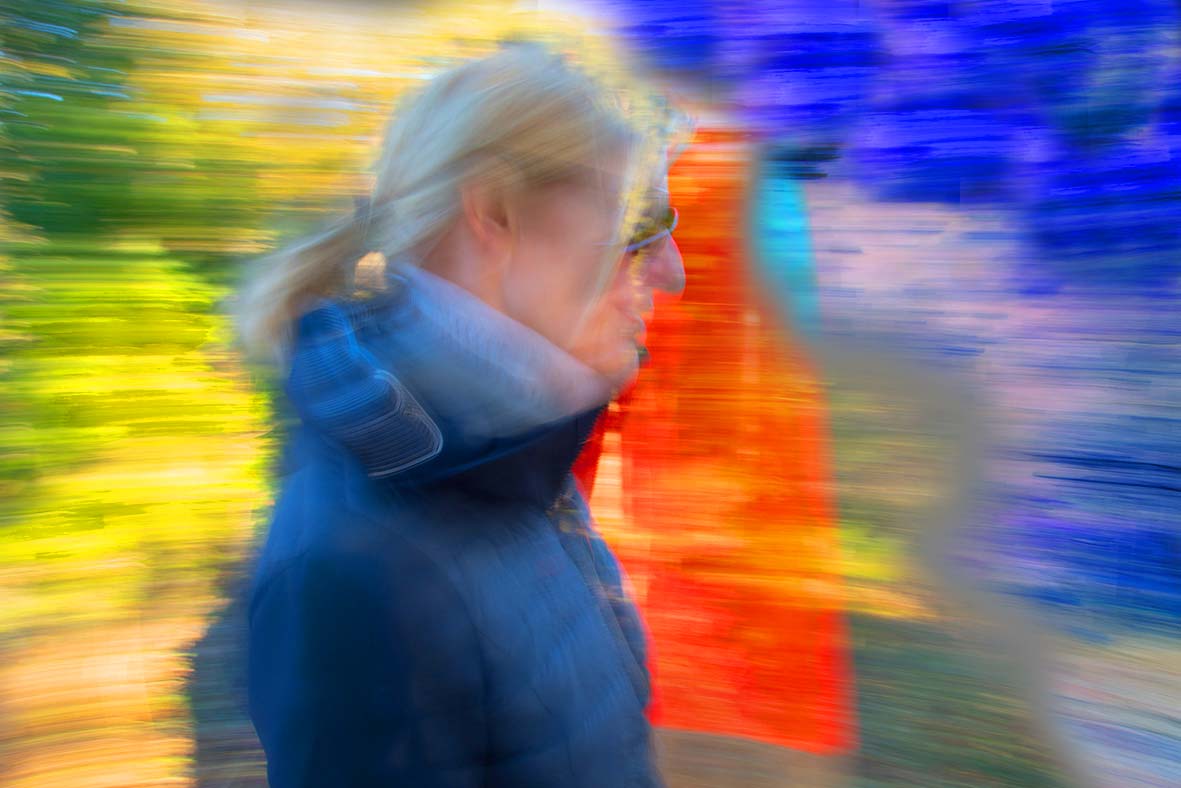



Open aperture gives blur effects
A picture gains clarity when the subject stands out from the background. The figure in the picture can be brought out by the contrast, colour or sharpness. In macro photography, open apertures (about f2 to f5) are used to blur the background. This blurriness is referred to as bokeh in the jargon. Depending on the lens, it can create blur circles.
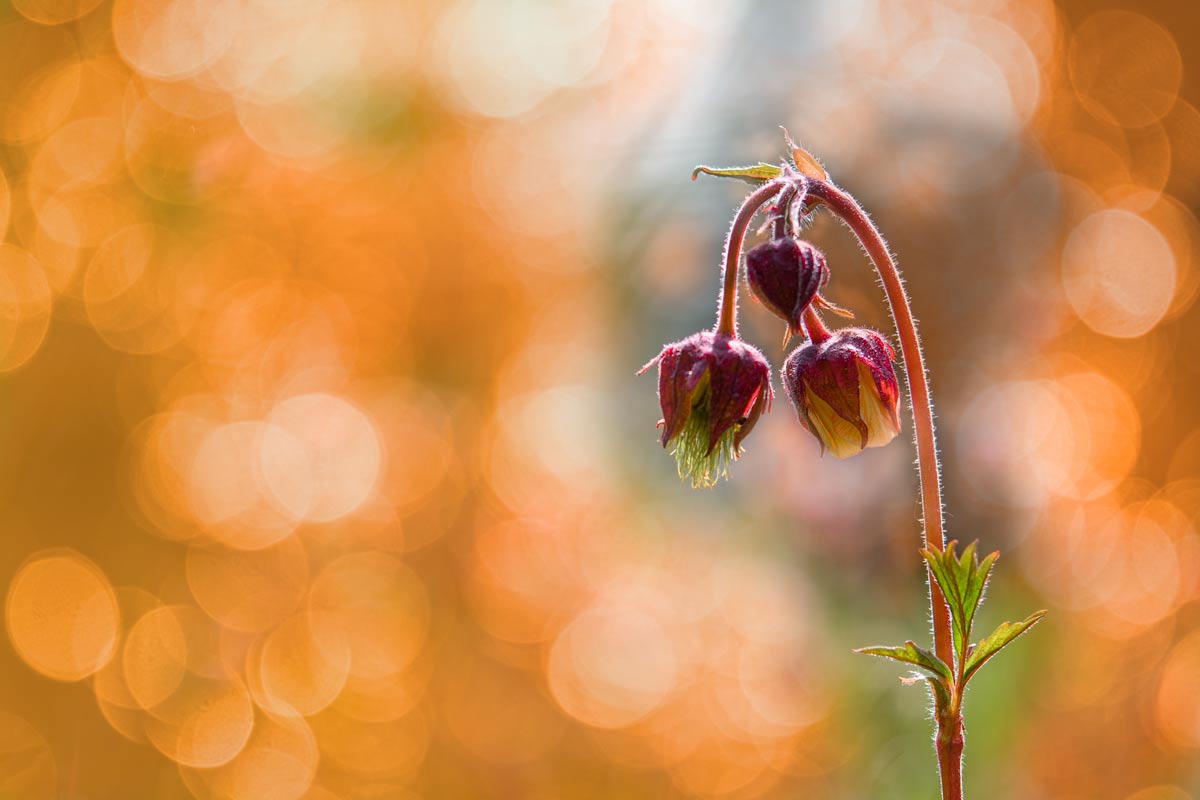

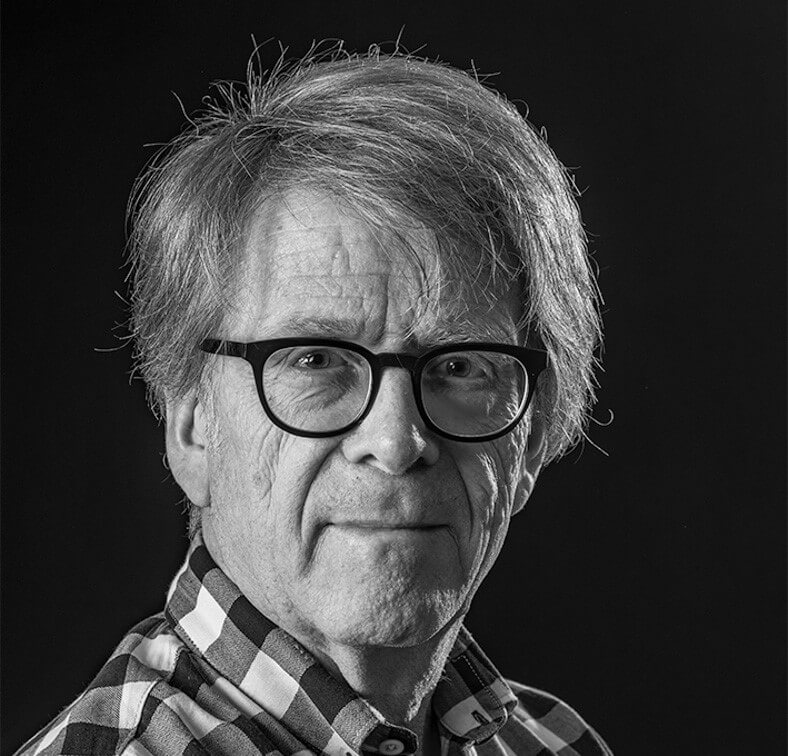
Ralf Turtschi
Ralf Turtschi has made a name for himself as a specialist book author and journalist. He works as a photojournalist, is a hobby photographer and lecturer and gives technical and creative advice on all aspects of photography. He is particularly fond of nature, landscape, portrait, travel, macro, architecture, and night photography.
Further information: www.agenturtschi.ch
